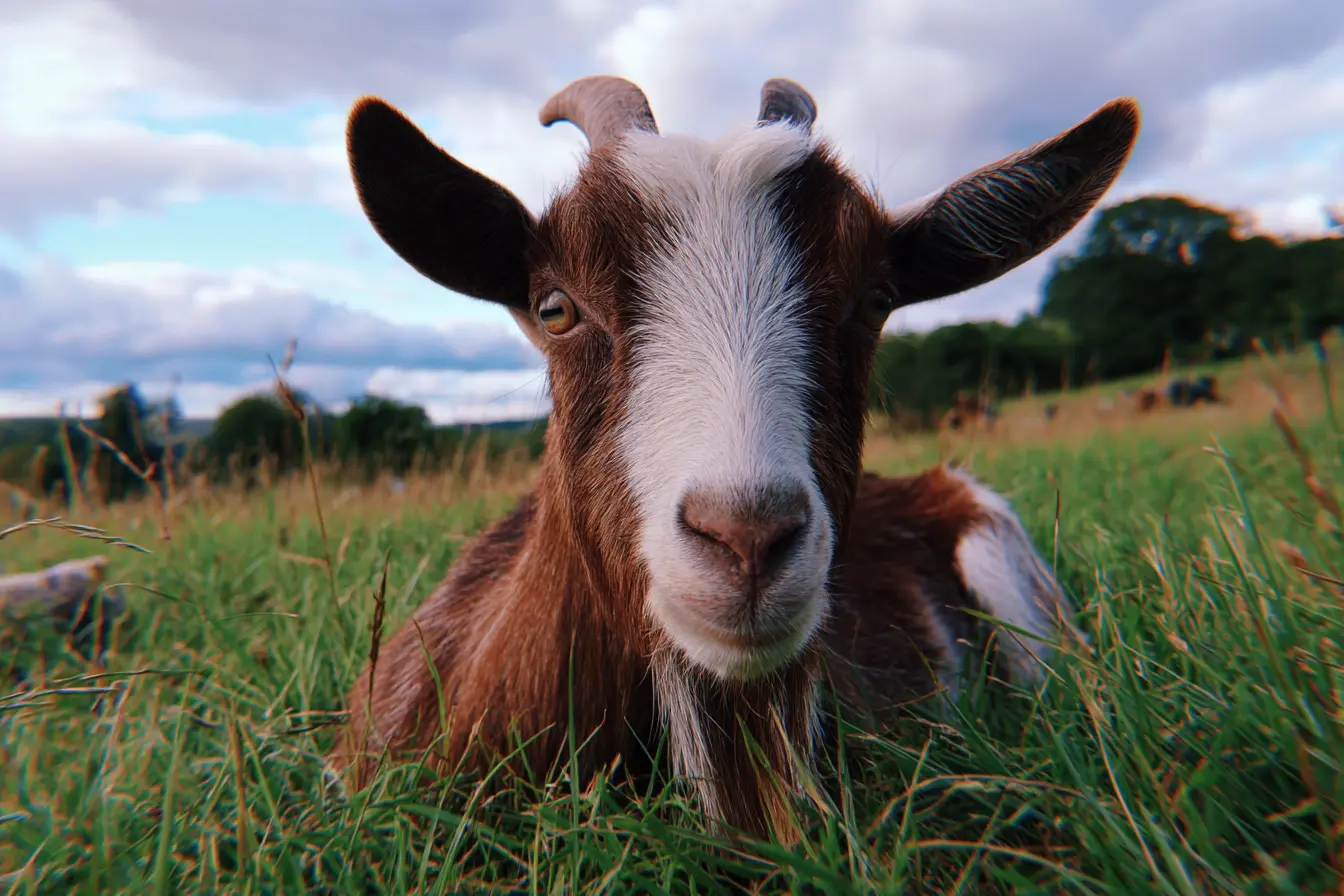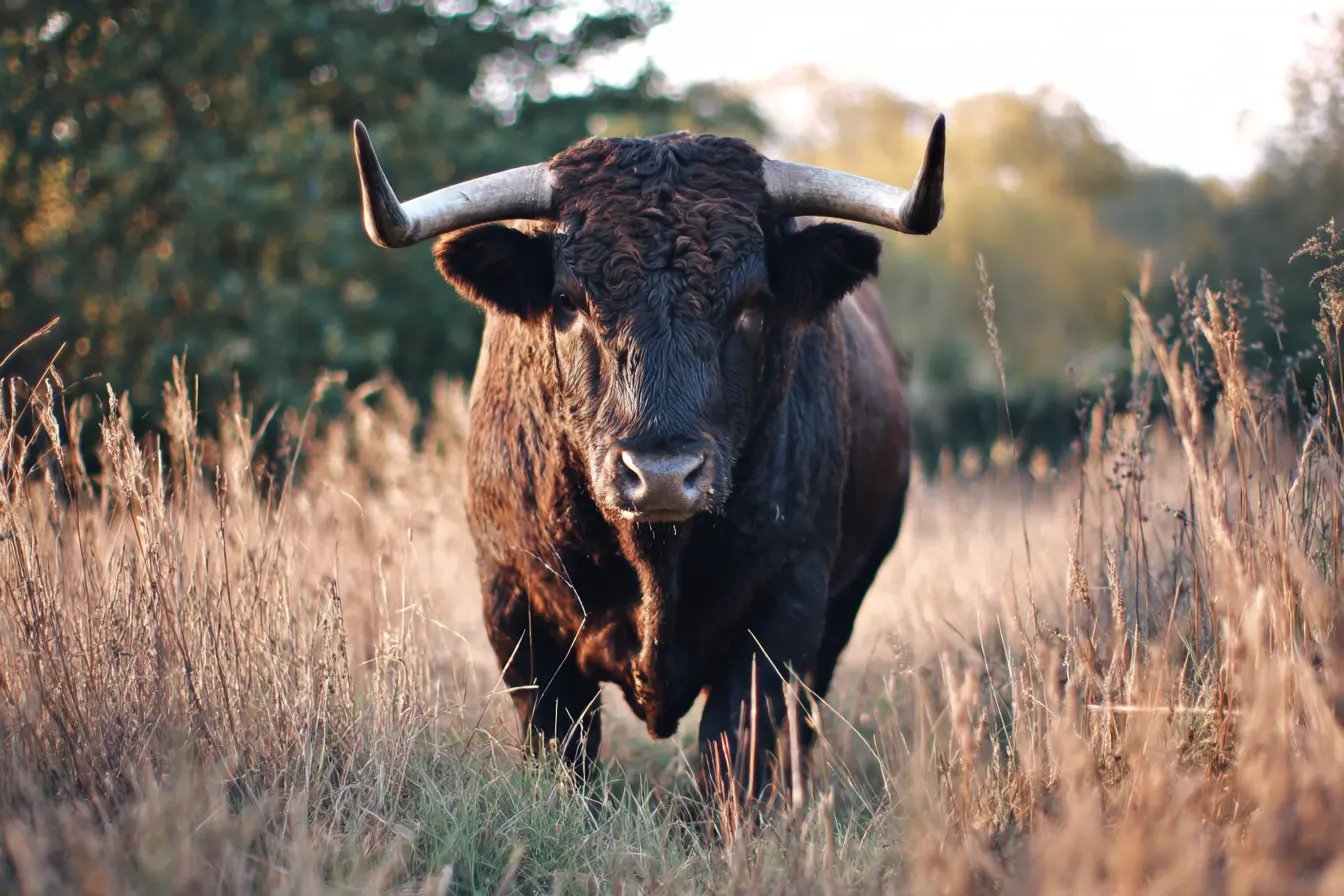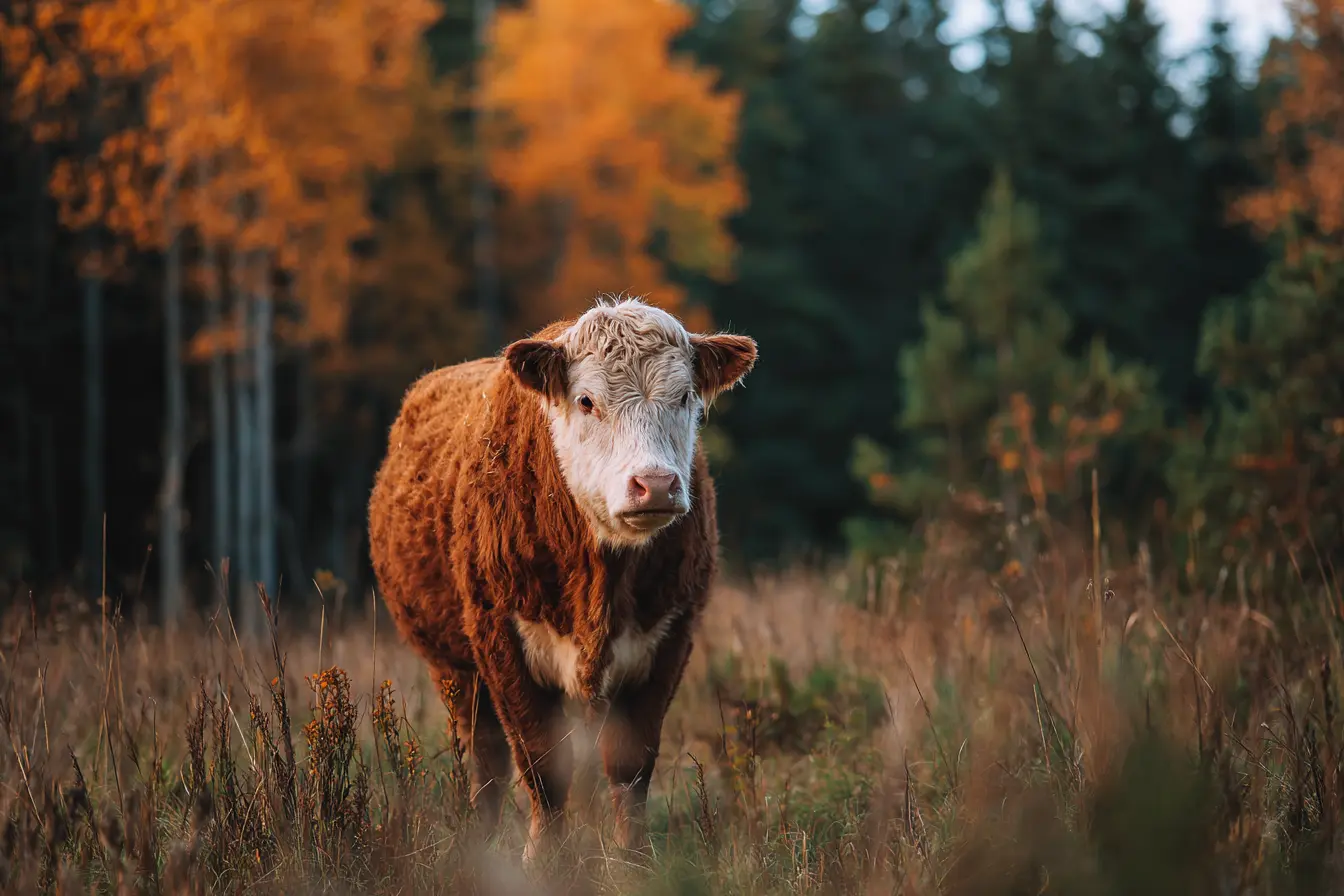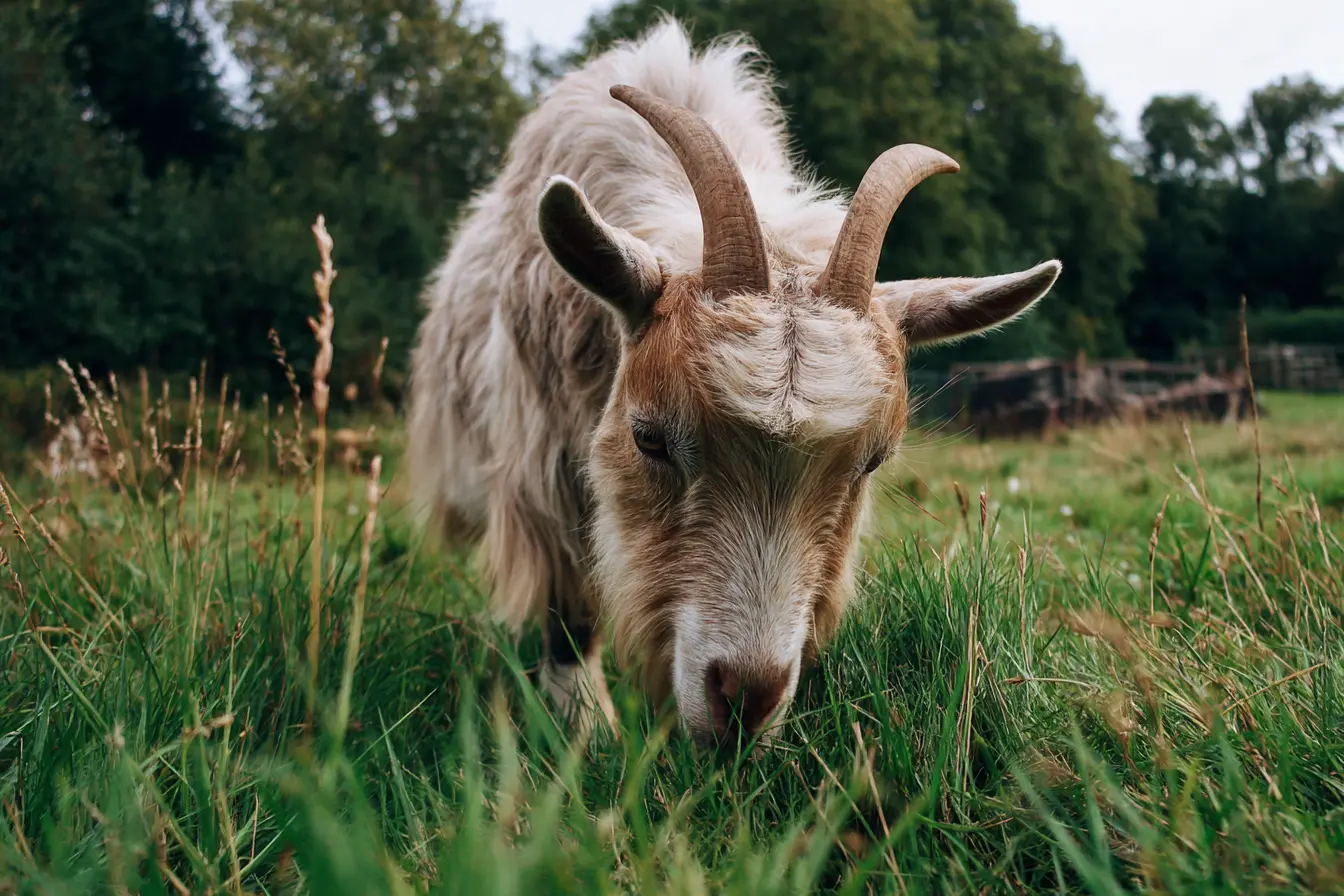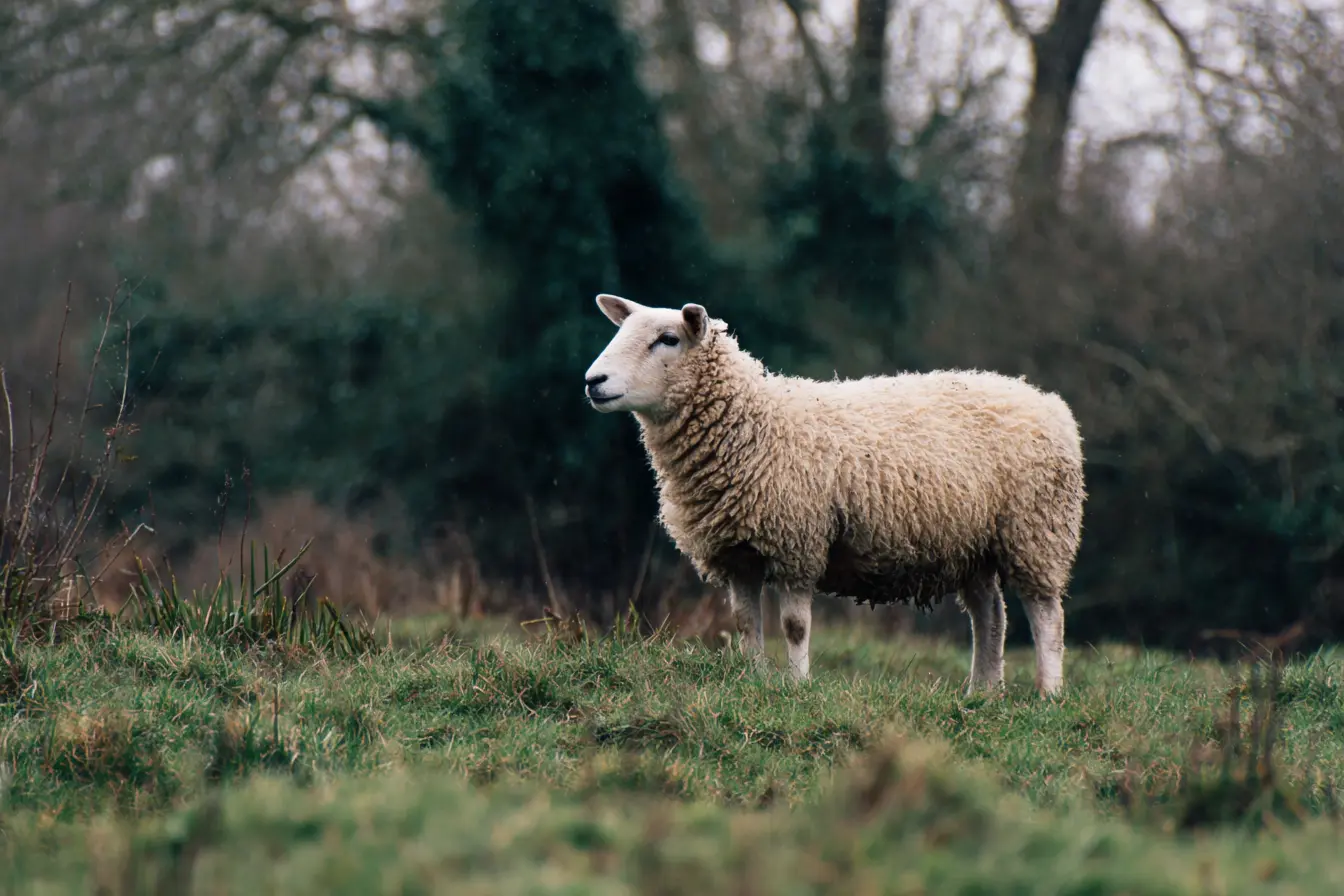
A Complete Guide to Tail Docking in Sheep
Tail docking is a common management practice in sheep farming, especially in the UK. It involves the partial removal of a lamb’s tail to help prevent future health problems, primarily flystrike. When done correctly, tail docking can improve animal welfare, but if done incorrectly or unnecessarily, it can cause pain, complications, and welfare concerns.
This guide provides a detailed overview of tail docking in sheep, including its purpose, timing, methods, legal requirements, aftercare, and welfare considerations.
Why Tail Docking is Performed
Tail docking is carried out to prevent flystrike (myiasis), a serious and painful condition caused by blowflies laying eggs on soiled fleece or skin.
- Lambs with long tails are more likely to have faecal staining around the breech (back end).
- This attracts flies, which lay eggs that hatch into maggots, leading to tissue damage and potentially death.
- Docking reduces faecal contamination and therefore the risk of flystrike, especially in breeds with dense wool around the breech area.
Other benefits can include:
- Easier shearing and crutching (cleaning the back end).
- Reduced risk of dags (clumps of faecal material stuck to wool).
However, docking is not a replacement for good management. Hygiene, parasite control, dag removal, and timely shearing are also essential.
Legal Requirements in the UK
Tail docking is regulated under the Animal Welfare Act 2006 and the Mutilations (Permitted Procedures) (England) Regulations 2007 (with similar rules in Scotland, Wales, and Northern Ireland).
Key legal requirements include:
- Docking must only be done for welfare reasons, not for cosmetic purposes.
- Only suitably trained and competent people may perform tail docking.
- Lambs over 7 days old must be docked by a veterinary surgeon using anaesthetic.
- Rubber rings (elastrators) must only be used on lambs under 7 days old.
- The tail must cover the vulva in ewe lambs and the anus in ram lambs once healed to avoid later health issues such as prolapse or sunburn.
When to Dock
- The ideal age for docking is within the first week of life, usually between 24 hours and 7 days old.
- Docking should not be done immediately after birth to avoid additional stress.
- It should be carried out when lambs are healthy, dry, and well-fed.
Docking should not be carried out during extreme weather (very hot or very wet) to reduce the risk of infection and flystrike on the healing wound.
Methods of Tail Docking
There are several accepted methods for docking lambs’ tails. The two most common are:
Rubber Ring (Elastrator)
- A tight rubber ring is placed around the tail using special pliers.
- This cuts off blood supply, and the tail drops off after 7–14 days.
- Only legal for lambs under 7 days old.
- Causes temporary pain, but generally heals quickly with few complications.
Hot Iron (Gas-Heated Docking Iron)
- Used for older lambs or where rubber rings are not suitable.
- The iron cuts through the tail while cauterising the wound to reduce bleeding.
- Usually performed by a vet or experienced operator.
Other methods (surgical cutting with a knife or scalpel) are rarely used except in older lambs under veterinary supervision and with anaesthetic.
How Much Tail to Remove
- Ewe lambs: the docked tail should cover the vulva once healed.
- Ram lambs: the docked tail should cover the anus.
- Docking tails too short can lead to complications, including:
- Rectal prolapse (more common in short-docked males).
- Increased risk of sunburn and skin infections.
Leaving the tail too long reduces the effectiveness of docking in preventing flystrike, so correct length is important.
Pain and Welfare Considerations
- Tail docking causes acute pain at the time of the procedure.
- Rubber rings may cause discomfort for up to an hour afterwards.
- Pain is reduced by performing docking at a young age and using proper technique.
- Combining docking with other procedures (like castration) should be done carefully to minimise stress.
Good handling, hygiene, and ensuring lambs are well-fed and healthy can help reduce stress and promote recovery.
Aftercare
- Monitor lambs regularly after docking for signs of:
- Swelling, infection, or flystrike.
- Lameness or signs of pain.
- Keep lambs in a clean, dry area for several days after docking.
- Avoid stressful handling until wounds are fully healed.
- Provide fly control if conditions are warm and fly activity is high.
Alternatives to Docking
Tail docking should be used as part of an integrated flystrike prevention strategy. Alternatives and complementary measures include:
- Crutching (shearing wool from the breech and tail area).
- Controlling internal parasites to reduce diarrhoea and faecal soiling.
- Dag removal.
- Strategic shearing and fly treatments during the fly season.
- Breeding for less woolly breeches in long-term flock improvement plans.
Economic and Welfare Impact
- Welfare: Docking prevents flystrike, which is extremely painful and can be fatal. However, it causes temporary pain and stress, so must be done responsibly.
- Economic: Preventing flystrike reduces deaths, veterinary costs, and loss of productivity. Proper technique minimises complications that could cause losses.
Conclusion
Tail docking in sheep is a widely used management practice in the UK, primarily to reduce the risk of flystrike. When carried out correctly, at the right age, and to the correct length, it can greatly benefit animal welfare. However, it must always be performed legally, carefully, and alongside other good husbandry practices.
By combining docking with hygiene, parasite control, shearing, and careful monitoring, farmers can protect their flocks from flystrike while maintaining high welfare standards.
Vets near you
Speciality vets
- Aquatics vet specialists
- Birds vet specialists
- Camelids vet specialists
- Cats vet specialists
- Cattle vet specialists
- Deer vet specialists
- Dogs vet specialists
- Equines vet specialists
- Exotic vet specialists
- Goats vet specialists
- Pigs vet specialists
- Poultry vet specialists
- Sheep vet specialists
- Small Mammals vet specialists
- Wild vet specialists
